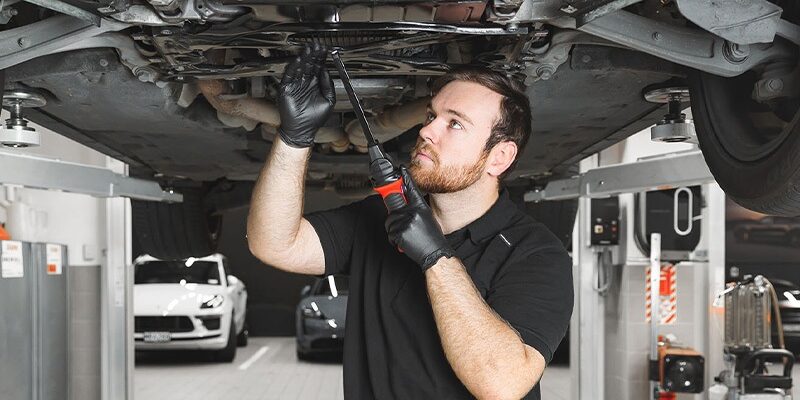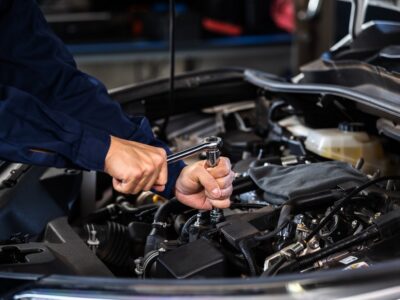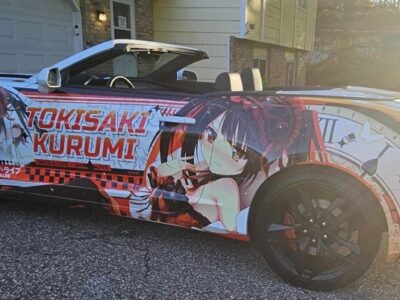Exterior car panels play a crucial role in both the aesthetics and structural integrity of your vehicle. Dents, scratches, and rust can detract from its appearance, but more severe damage can compromise its safety. Knowing when to repair versus replace a panel is essential for both cost-effectiveness and ensuring the long-term performance of your car. This guide explores the factors involved in evaluating structural vs. cosmetic panel damage, helping you make the best decision.
Evaluating Structural Damage: Prioritizing Safety
Structural damage refers to any damage affecting the underlying frame or unibody of the vehicle. This type of damage is often associated with collisions or accidents that involve significant impact. Indicators of structural damage include: damage to the frame, distortion of panel shape due to impact, damage that causes the trunk or hood to not properly close or latch, or gaps between panels. In cases of structural damage, replacement is almost always the recommended course of action. Attempting to repair severely damaged structural panels can compromise the vehicle’s safety in future incidents, as the repaired area may not be as strong as the original. Replacing the panel with a new or salvaged one ensures the vehicle meets safety standards and offers optimal protection in case of another accident.
Assessing Cosmetic Damage: Aesthetics and Cost
Cosmetic damage generally refers to superficial blemishes such as minor dents, scratches, or rust spots. These issues don’t typically compromise the vehicle’s structural integrity but can affect its appearance and resale value. Whether to repair or replace a panel with cosmetic damage depends on severity and cost. Small dents and scratches can often be repaired using techniques such as paintless dent repair or filling and painting. For extensive surface rust or larger dents, repairing might still be possible but could involve more extensive bodywork, increasing the cost. Compare the cost of repair with the cost of replacing the panel. If repairing is labor-intensive and costly, replacing the panel might be more economical. Specific choices can be of Auto Repair in El Cajon, CA based service.
Considering Rust Damage: Prevention is Key
Rust is a common enemy of car panels, especially in areas with harsh weather conditions. Minor surface rust can often be treated by sanding, applying rust converter, and repainting the affected area. However, if the rust has penetrated deep into the metal, causing significant weakening or perforation, replacing the panel is usually the best course of action. Ignoring severe rust can lead to structural weakening and safety hazards. Addressing rust promptly, whether through repair or replacement, is crucial for preserving the car’s integrity.
Seek Professional Advice:
When in doubt, always consult a qualified auto body technician. They can thoroughly assess the damage, provide an accurate estimate for repair or replacement, and offer expert advice on the best course of action. Attempting to repair significant damage yourself without the necessary skills and equipment can lead to further complications and compromise the safety of your vehicle.
By carefully evaluating the extent and nature of the damage to your car’s exterior panels, considering factors like structural integrity, cosmetic appearance, and rust damage, and seeking professional advice, you can make informed decisions that prioritize both safety and cost-effectiveness.








Comments